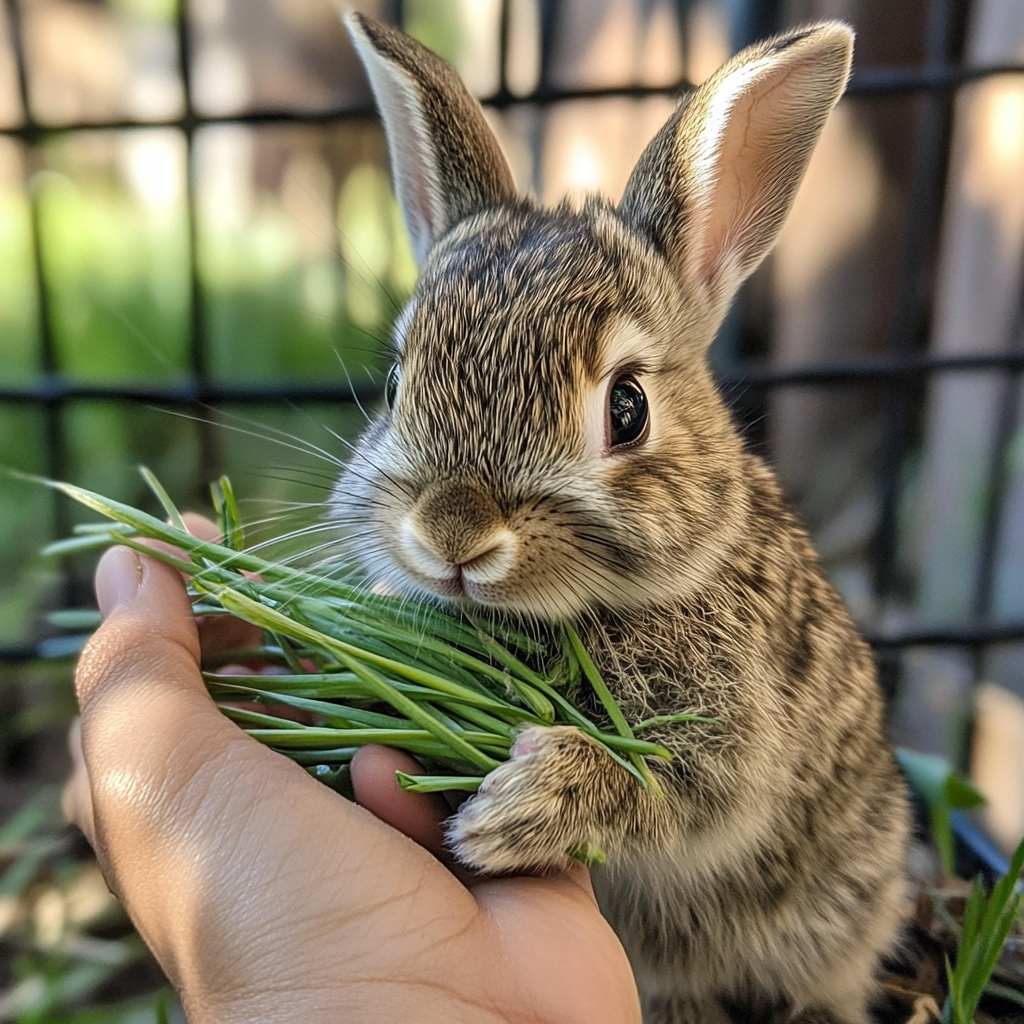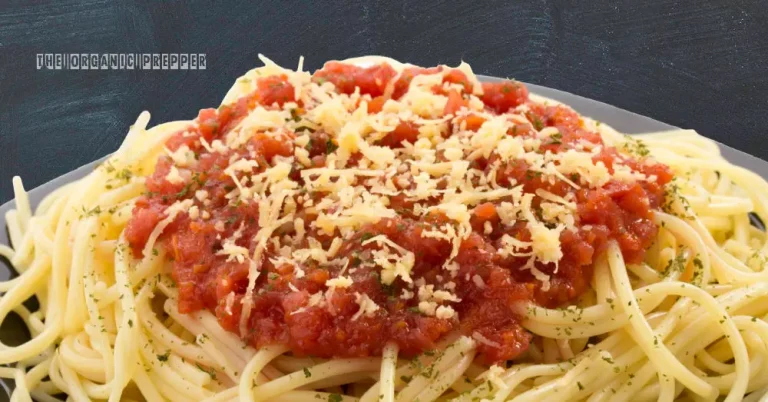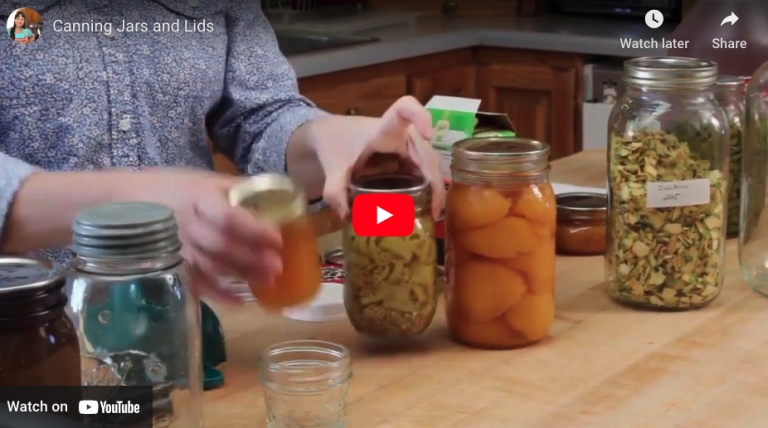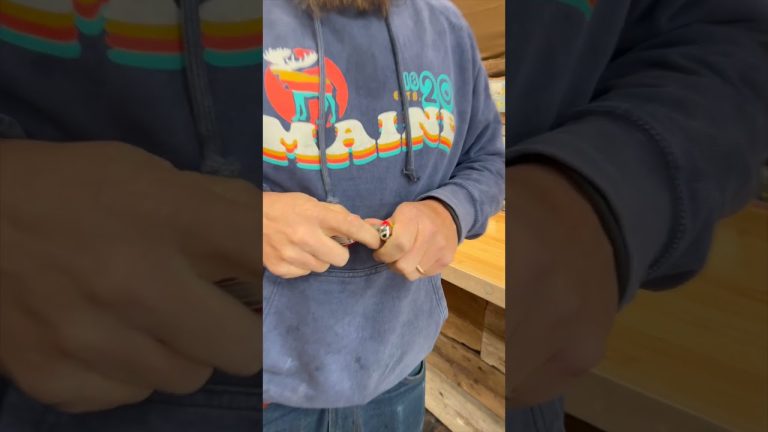Rabbits are typically HOA friendly.
Let’s talk about the elephant in the room – or rather, the rabbit. While your neighbors are trying to secretly raise chickens (and failing miserably at keeping their rooster’s morning announcements under wraps), you could be quietly building your own sustainable meat supply with nature’s most efficient little livestock converters.
Rabbits might just be the perfect prepper’s secret weapon. Think about it: they’re quiet, they multiply like, well, rabbits, and they’re so adorable that no one questions why you have them. While Mrs. Johnson next door is fighting the HOA over her “decorative” tomato plants, your “pet” rabbits could be providing your family with a steady supply of lean, healthy protein.
But what about the smell? Here’s where things get interesting. Unlike other livestock that can turn your backyard into a potpourri of farm-fresh aromas (we’re looking at you, chickens), rabbits are surprisingly odor-free when properly managed. The secret lies in their unique digestive system. Rabbit droppings are nearly odorless, dry little pellets that look more like cocoa puffs than manure. With a proper setup – think wire-bottom cages, a good waste collection system, and regular cleaning – your rabbit operation can be virtually undetectable to even the nosiest of neighbors.
Speaking of nosy neighbors and HOAs, here’s where rabbits really shine. While most HOAs have explicit rules about chickens, goats, and other “farm animals,” rabbits often fly under the radar thanks to their status as common pets. Your survival warren can easily masquerade as a humble pet rabbit hobby. Just remember, presentation is everything – those wire cages can be disguised as upscale pet hutches, and that automated watering system? Clearly, you’re just a devoted pet parent.
The numbers are where this gets exciting. A single female rabbit (doe) can produce up to 48 kits per year. By 8-12 weeks, these kits reach harvest weight, providing about 4-5 pounds of meat each. Do the math, and you’ll realize why rabbits have been called the most efficient meat producers on the planet. They convert feed to meat more efficiently than cattle, pigs, or chickens, and they do it without waking up the neighborhood or requiring acres of pasture.
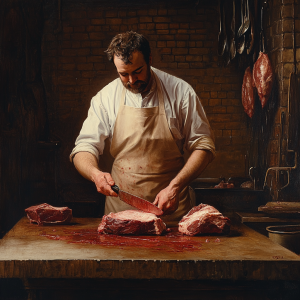
Butchering your own rabbits is fairly simple.
Let’s talk setup. You don’t need a farm – or even a backyard – to raise rabbits. A garage, basement, or even a spare room can become your personal meat production facility. A basic breeding trio (two does and one buck) needs only about 12 square feet of cage space. Stack those cages vertically, and you’ve got yourself a protein-producing high-rise that would make any urban farmer jealous.
For breeds, you can’t go wrong with the New Zealand White – they’re like the Honda Civic of the rabbit world: reliable, efficient, and gets the job done without drawing attention. Californians are another solid choice, and Rex rabbits offer the bonus of valuable fur if you’re thinking about expanding your prepper skills to include textile production.
The feeding setup is surprisingly simple and sustainable. While commercial pellets form the backbone of their diet, rabbits can convert your kitchen scraps, garden extras, and even carefully selected foraged plants into high-quality protein. They’re like tiny composters that output meat instead of soil. And speaking of soil – their droppings are garden gold, providing an excellent fertilizer that can be used immediately without composting. Talk about a closed-loop system!
The secret to success lies in the details: keeping their area clean (daily quick-cleans and weekly deep-cleans), maintaining proper ventilation (essential for odor control), and using the right bedding materials. Pine shavings or straw work well, but avoid cedar shavings which can cause respiratory issues. A simple vinegar solution makes an excellent natural cleaner that keeps things fresh without raising suspicions about agricultural activities.
Remember, the key to HOA compliance is maintaining the appearance of a hobby rather than a farming operation. Keep things neat, clean, and discreet. When the neighbors come over, they should see well-cared-for pets, not a meat production facility. And when the time comes, processing can be done quietly and privately, unlike the neighborhood chicken drama that unfolds every harvest season.
And here’s a pro tip: make friends with your local 4-H club. Not only are they a wealth of knowledge, but they provide the perfect cover story for your growing rabbit expertise. “Oh, I’m just helping the kids with their 4-H projects” goes a long way in explaining why you know so much about rabbit genetics and breeding schedules.
In conclusion, while others are struggling to hide their illegal chickens or arguing about the definition of “livestock” with their HOA, you could be quietly building food security with these unassuming little survival powerhouses. Rabbits offer the perfect combination of efficiency, discretion, and productivity – all while looking cute enough to pass as pets. Just remember: the first rule of rabbit club is we don’t talk about rabbit club… at least not with the HOA board.







